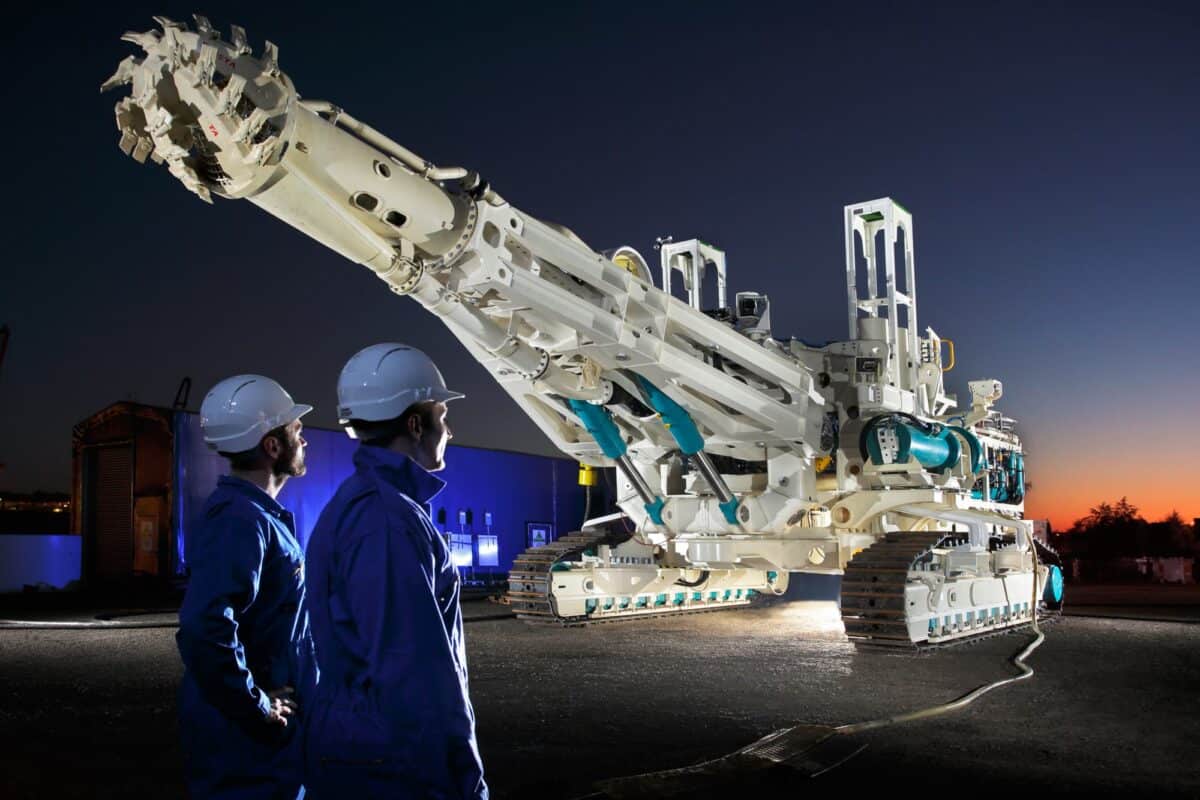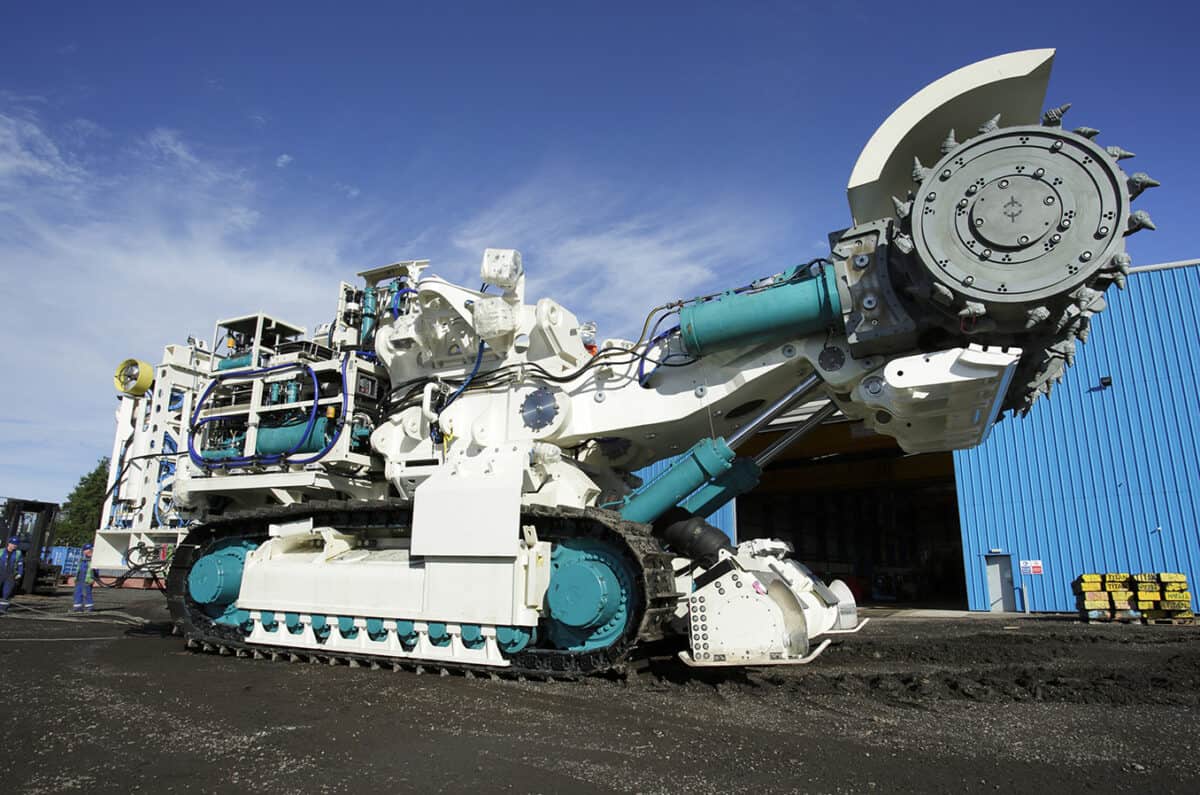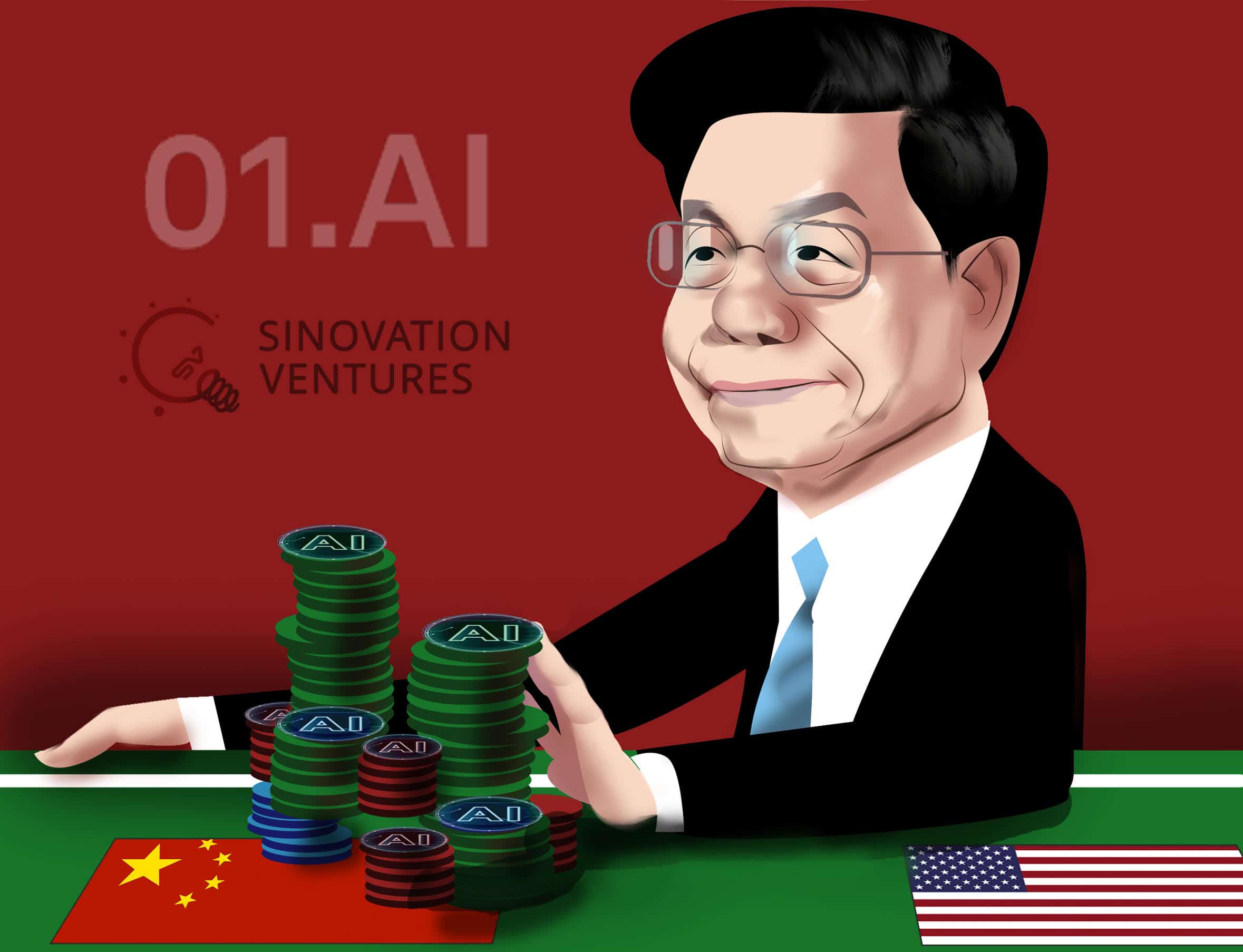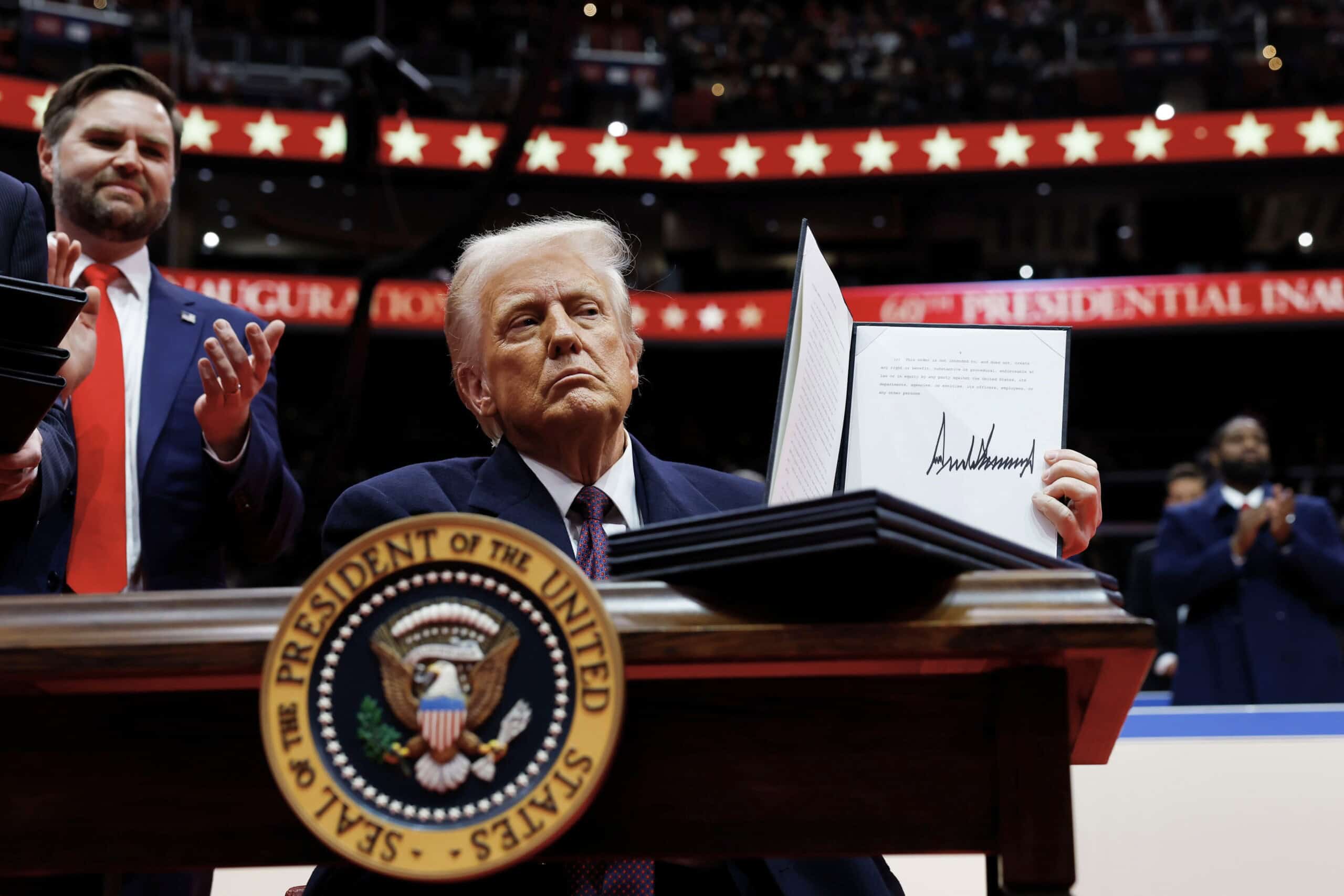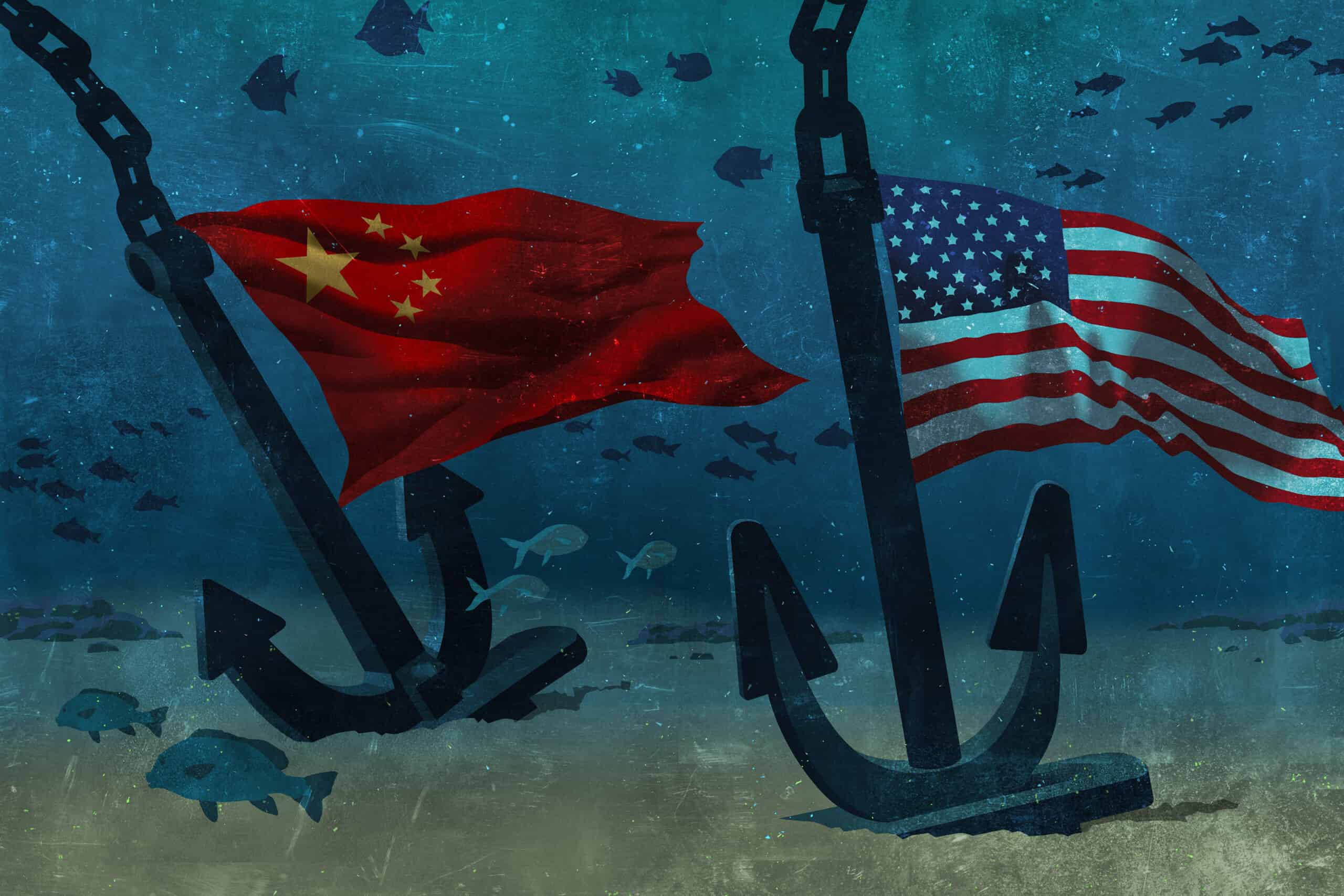
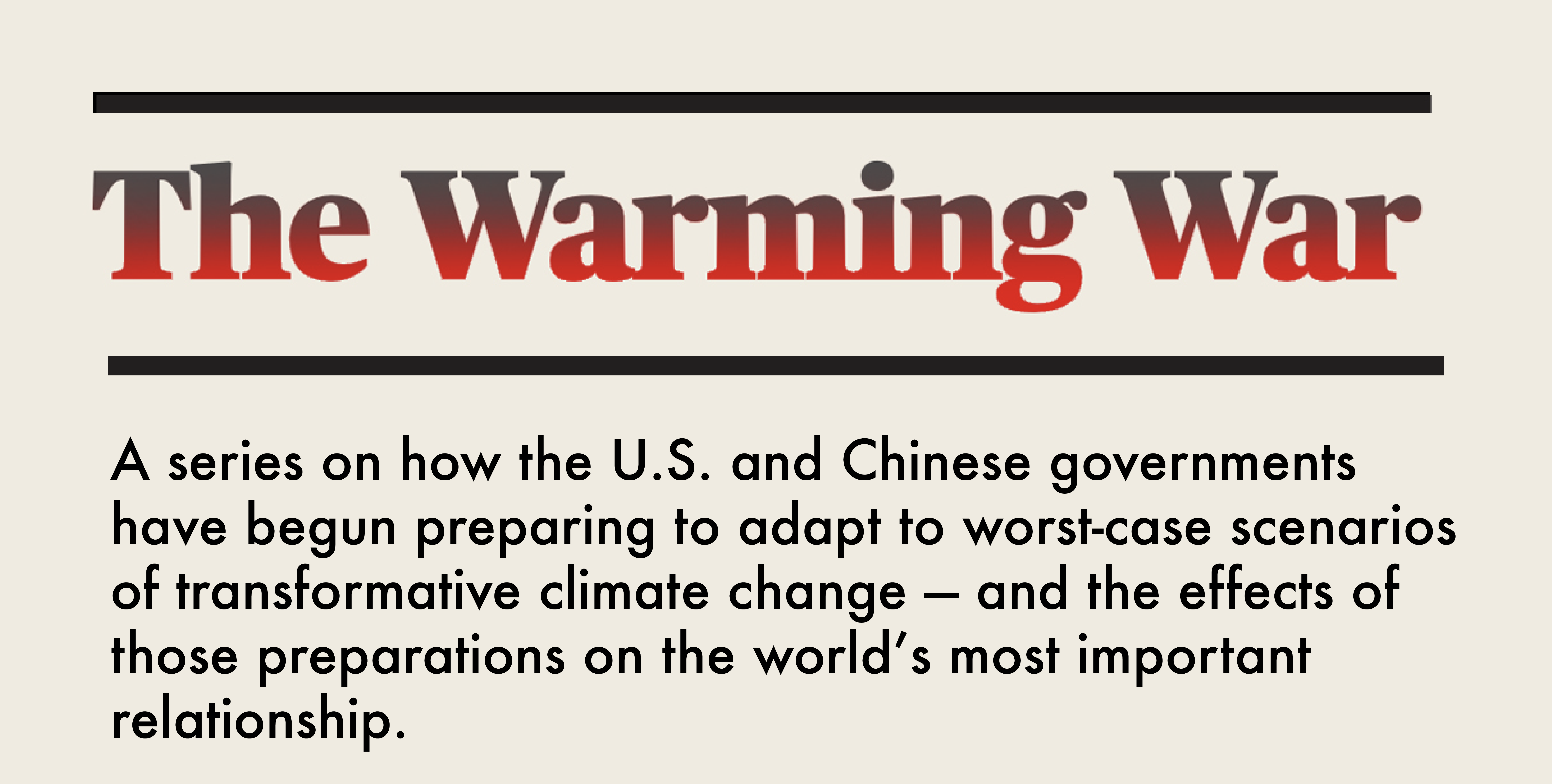 |
|
| More in this series: | |
| The Diplomatic Deadlock |  |
| The Adaptation Advantage | 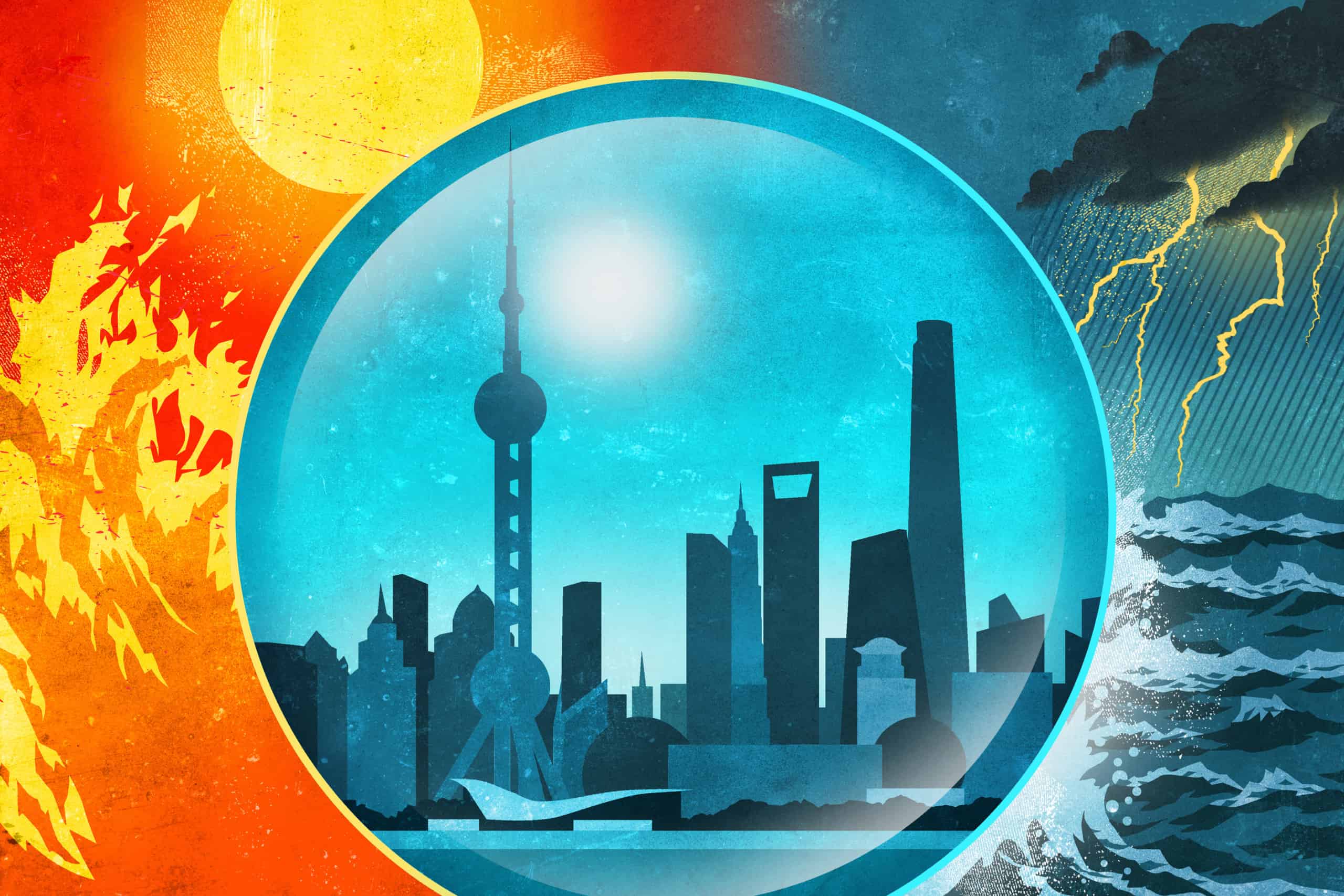 |
| Pole Position |  |
| Climate Consensus |  |
| Climate Changers |  |
In August 2017, the survey vessel Xiang Yang Hong 06, carrying a crew of 26, departed the Chinese port of Qingdao bound for the Clarion-Clipperton Zone. The remote stretch of ocean, about 2,000 miles southeast of Baja California, contains one of the world’s largest known resources of cobalt, copper, nickel and manganese. All across the Zone’s seabed, potato-shaped nodules rich in the critical minerals lie scattered, indistinguishable from rocks to the untrained eye.
The ship’s operator, the vast state-owned conglomerate China Minmetals Corp., holds an exclusive exploration license from the International Seabed Authority (ISA) for over 70,000 square kilometers of the Zone. When it reached its destination, the ship sent down scooping devices to capture nodules while underwater drones glided silently over the seabed, sending up high-definition maps of the richest deposits.
Chinese mining firms have five exploration contracts in the Clarion-Clipperton Zone, more than any other country and covering by far the largest expanse of territory. In 2019, Liu Feng, secretary general of the China Ocean Mineral Resources Research and Development Association, boasted that China had “developed almost all the state-of-the-art technology needed” to begin large-scale extraction of critical minerals from the ocean floor.
“The Chinese have taken a very long-term interest in seabed mining,” says Evan T. Bloom, a senior fellow at the Wilson Center and former acting deputy assistant secretary of state for oceans and fisheries. “They have been preparing for this moment for a long time.”
The advent of seabed mining does finally seem to be upon us. Engineers have speculated for decades about unlocking the mineral wealth on the ocean floor. But given the extreme technological difficulty of operating miles below the surface — in darkness and under extreme pressure — seabed mining has never been economical, so the ISA has never gotten around to regulating it.
It is hard to describe the extent of the devastation that seabed mining causes.
James A.R. McFarlane, former head of the Office of Resources and Environmental Monitoring at the ISA
Now, the green revolution is changing that calculus. A typical electric car, for example, requires six times the mineral inputs of a conventional car. In recent years, prices of several critical minerals have skyrocketed, incentivizing producers to go exploring in remote places like the deep sea.
“Deep-sea mining will be a strategic move for mankind to meet its development needs in this century,” Zhou Ping of the China Geological Survey wrote in 2016.
The ISA is now facing pressure to issue rules for extraction, freeing up companies like China Minmetals to put their new technologies to work at a commercial scale. And when it does — which could be as soon as next year — analysts say Chinese companies will be ready to pounce.
China Minmetals and other Chinese companies, after all, already dominate terrestrial supplies of critical minerals, including rare earths, cobalt and nickel.1Check out this graphic showing some of China Minmetals’ mining operations. As the hunt for minerals goes underwater, Chinese government analysts have made clear that cost will be no object as Chinese firms try to elbow out the competition. Control over mineral supply chains gives Chinese manufacturers a decisive advantage in scaling up production of new products like electric vehicles, which are poised to compete with American cars on the world market.
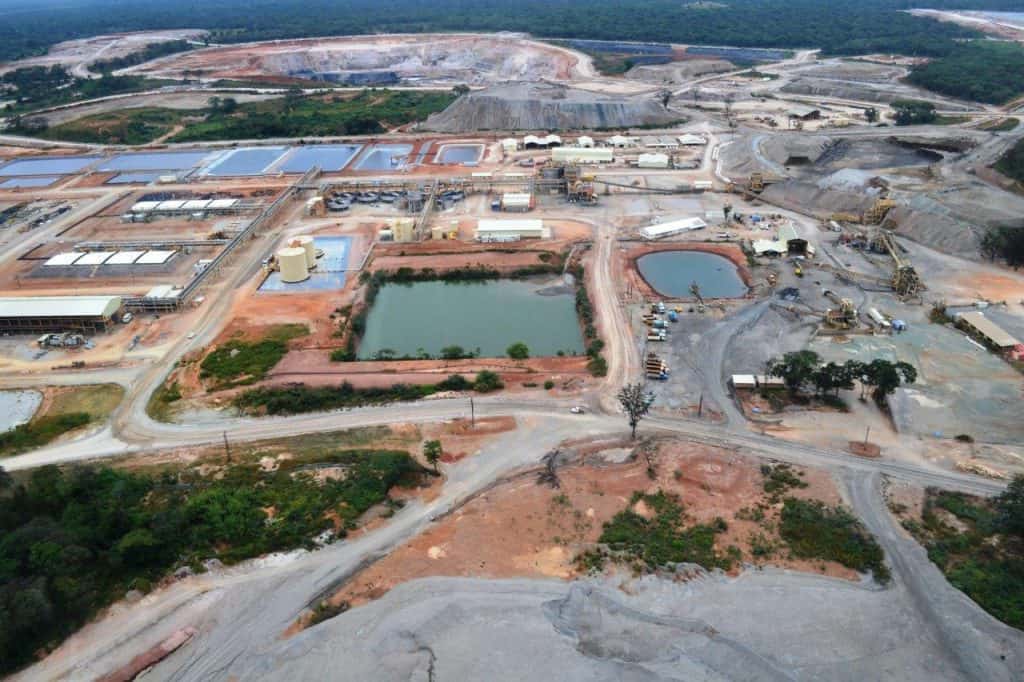
The United States and its partners, by contrast, have been caught on the back foot when it comes to China’s stranglehold on the critical mineral supply chain. With the geopolitical rivalry between China and the United States intensifying, many Western observers say the U.S. can’t afford to lose the scramble for the seabed.
“If we transition to renewables without a plan to diversify our sources of key metals, it will be a disaster — worse for our national security than our dependence on Middle Eastern oil in the 1970s,” says H.R. McMaster, the former United States National Security Advisor and now a senior fellow at the Hoover Institution at Stanford.
The only U.S.-controlled company that currently holds an exploration license in the Clarion-Clipperton Zone is a British subsidiary of the defense contractor Lockheed Martin. And although Lockheed’s website describes “seabed harvesting” as an “ecologically sound” practice, in truth, its ecological and climate impact is poorly understood. Seabed mining, oceanographers caution, could have horrific consequences for the planet. And yet, given the rivalry with China, Washington may see no alternative but to support U.S. companies’ deep-sea ventures.
Just as climate change is heating up geopolitical competition, the scramble for ocean resources has also become a force-multiplier for climate change itself. The seabed is not just one of the world’s most biodiverse places; it is also its largest carbon sink, holding more than three times as much carbon as human beings have emitted in modern history. When that carbon is disturbed, most of it settles back on the seabed — but some turns back into gaseous form, makes its way to the surface and escapes into the atmosphere.
“It is hard to describe the extent of the devastation that seabed mining causes,” says James A.R. McFarlane, former head of the Office of Resources and Environmental Monitoring at the ISA, referring to both the habitat destruction and the carbon emissions.
Most of what scientists know about the consequences of “blue carbon” emissions comes from bottom trawling, a method of fishing in which boats drop giant weighted nets down to the ocean floor and then drag them across the seabed. According to one study published in the scientific journal Nature last year, bottom trawling generates 1.5 billion tons of carbon emissions annually, more than the entire global aviation industry.
China is, by far, the world’s largest bottom trawler. Trawling just within a 200 mile radius of China’s coastline is responsible for half of global blue carbon emissions — more than the total carbon emissions of Germany from all economic activities. The advent of seabed mining would make these emissions considerably worse, and there is currently no international framework for monitoring and regulation.
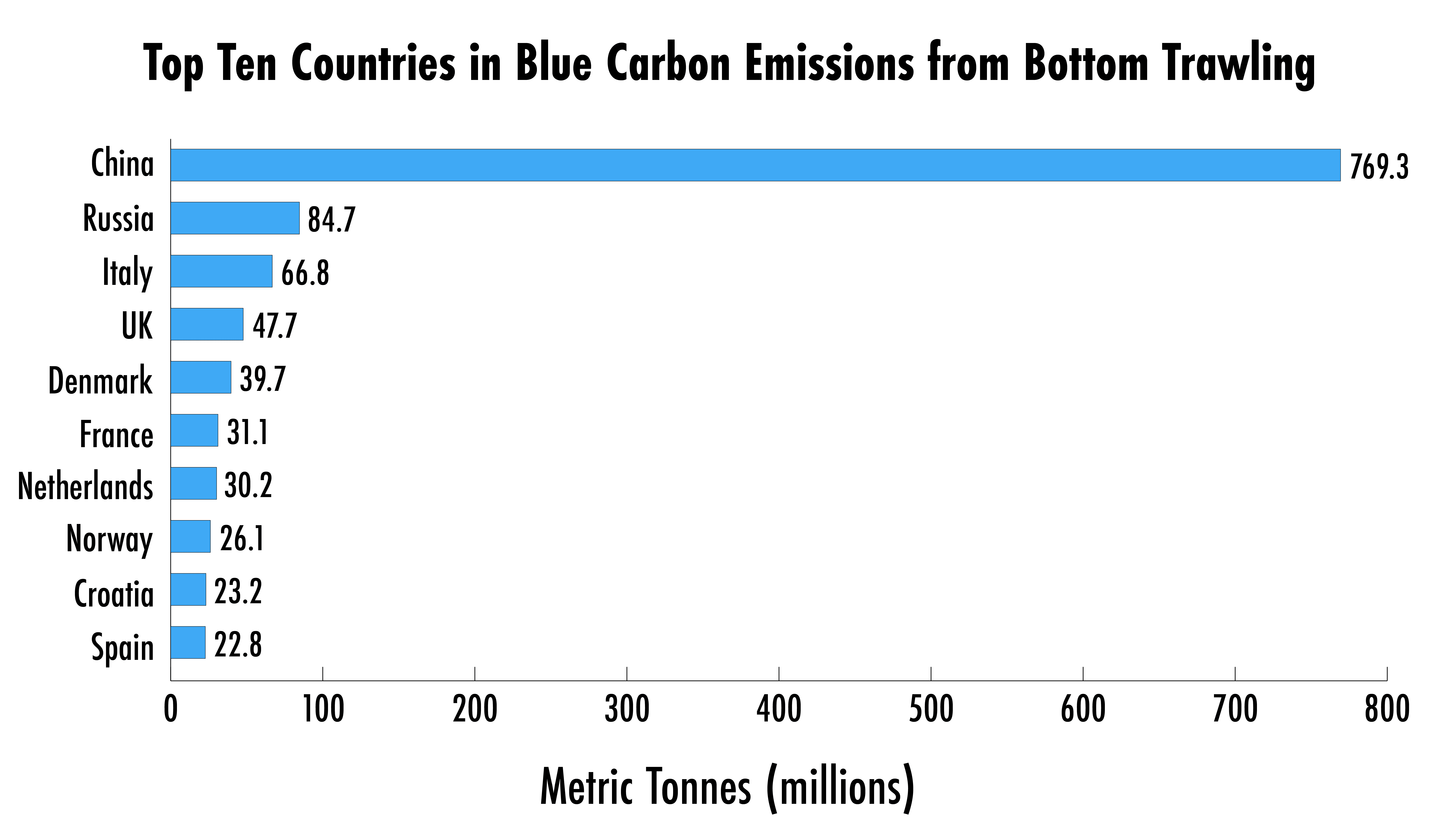
As these issues rise in prominence, analysts warn, the United States needs to develop a more coherent strategy for geopolitical competition over the world’s warming oceans. Because China already has one.
For this story, The Wire analyzed speeches by Chinese officials and dozens of Chinese policy reports and academic studies. We found that, just as it is doing in the Arctic, Chinese scholars and policy makers are systematically integrating expectations about future climate change into their long-term strategy for the global oceans.
[China’s] argument is that it deserves to use ocean resources to sustain itself in the next phase of its development, just as Western countries did when they developed in the past. Because if China doesn’t use these resources now, someone else will.
Andrew Chubb, an expert on Chinese oceans strategy at the University of Lancaster
Beijing promises to champion the “blue economy” (蓝色经济) — a vague term that refers to sustainable development of ocean resources. But a close look at Chinese sources reveal that its “blue economy” is less about sustainability than ensuring that China gets a “fair” cut of resources in a world reshaped by climate change.
“It is a common argument in the Chinese scholarly literature that China has about 20 percent of the world’s population, so China must therefore deserve at least 20 percent of the resources in the global commons,” says Tabitha Mallory, an expert on Chinese maritime policy at the University of Washington.
To protect its perceived interest in ocean resources — and to force the world to accept its distinctive vision for ocean governance — Beijing is building up its naval power, establishing presence across the global oceans with undersea drones and civilian ships, and ramping up climate-related partnerships with strategically located island countries.
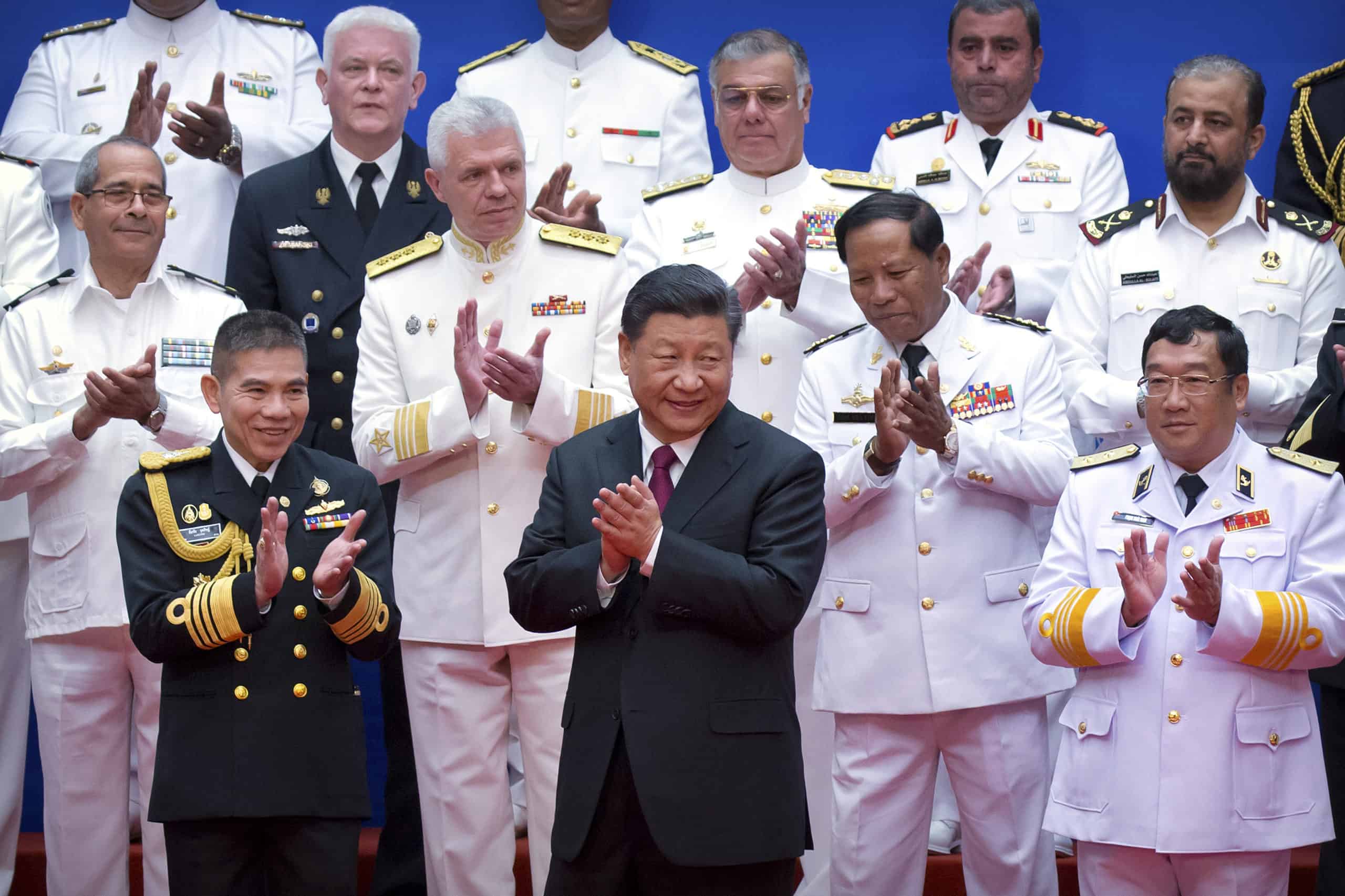
Naval strategists, scientists, and diplomats are increasingly concerned about Beijing’s long-term plans for the oceans. But they also caution that a vicious cycle has emerged between climate change and U.S.–China competition.
“China takes a highly strategic and narrowly self-interested perspective toward the oceans,” says Andrew Chubb, who researches Chinese oceans strategy at the University of Lancaster. “Its argument is that it deserves to use ocean resources to sustain itself in the next phase of its development, just as Western countries did when they developed in the past. Because if China doesn’t use these resources now, someone else will.”
The result is a tragic irony. Ocean resources will be essential for helping the world adapt to climate change and transition away from fossil fuels. But the process of extracting them is fueling geopolitical competition — and could make it even harder to avert more than 2°C of warming in this century.
THE COMMUNITY OF COMMON DESTINY
Xi Jinping is a bit of an ocean nut. China’s official aspiration to become a “strong ocean country” (海洋强国) dates back to 2000, when Jiang Zemin was leader. But Xi has boasted that he has “always strongly believed in” the policy, long before Jiang proposed it.
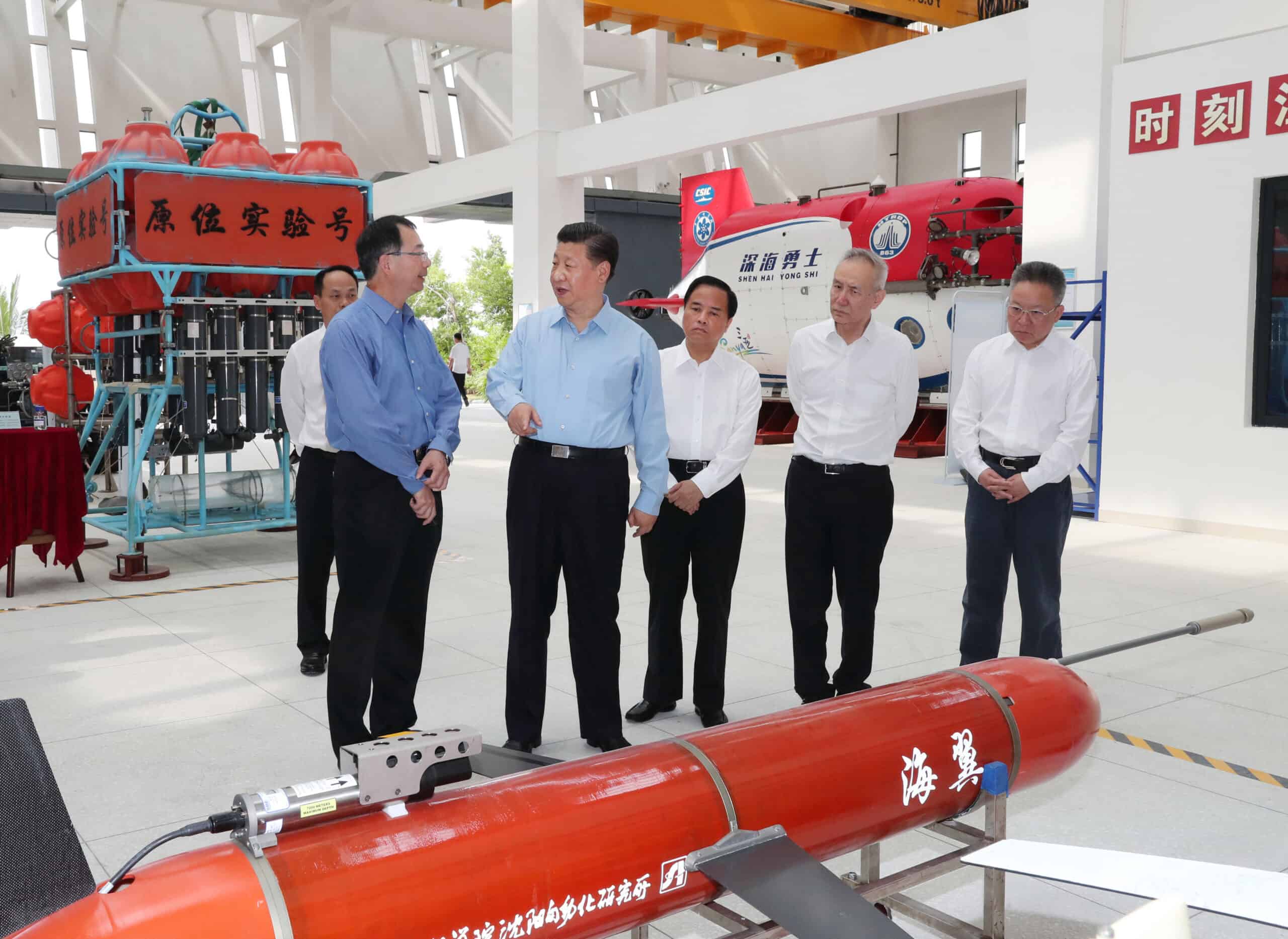
He isn’t exaggerating. When Xi was party secretary of Fuzhou in the 1990s, the city was the first in China to declare a “march to the sea.” After being promoted to party secretary of Zhejiang Province, Xi visited Zhoushan, China’s number one fishing city, over a dozen times. And as president, he has pitched the “blue economy” as a central goal of his legacy project, the Belt and Road Initiative. Xi has inspected fishing ports and shipyards, calling on them to “build bigger ships and venture even farther and catch bigger fish,” as well as marine laboratories, where he told researchers that “the deep sea is filled with treasures that aren’t even close to being understood or developed,” and that “if we want these treasures, then we must master key technologies for exploration, surveying, and development.”
Xi has also expanded on Jiang’s vision to propose a “maritime community of common destiny” (海洋命运共同体) — a China-led alternative international order for the oceans. He has emphasized that building this new order is a “long-term strategic task” for the Chinese nation, “a great cause for which work in the present time will pay benefits for a thousand years.”
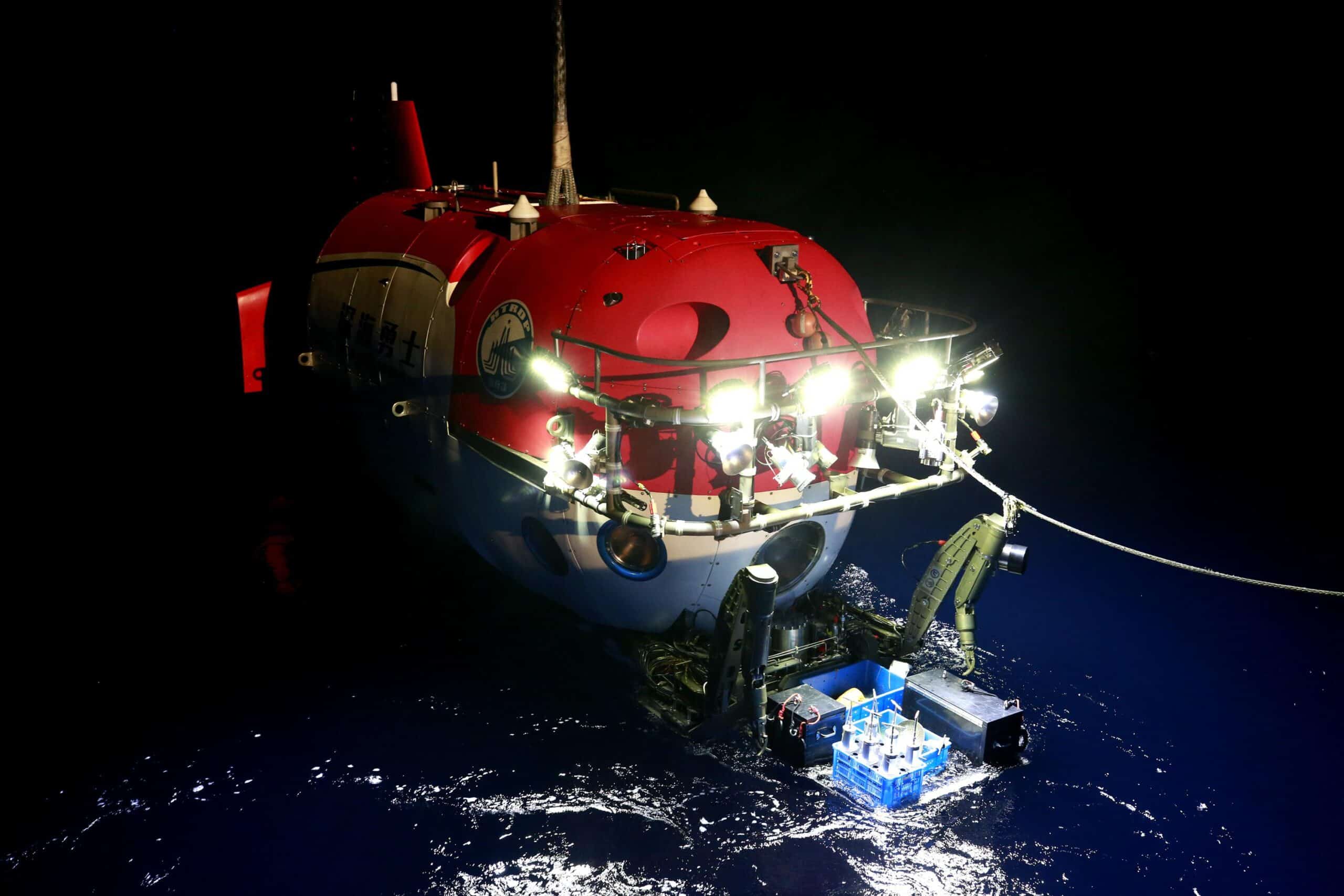
Isabel Hilton, founder of China Dialogue, a non-profit group, says that Xi’s objective is fairly straightforward: “The feeling in Beijing is that the current system for governing the oceans was designed without China at the table.”
Becoming a “strong ocean country” does not necessarily require China to claim outright ownership of maritime territory or directly confront the world’s dominant naval power, the United States. Nor do Chinese scholars hope to tear down international legal frameworks like the United Nations Convention on the Law of the Sea. Instead, as Hu Bo of Peking University’s Institute of Oceanography put it in 2019, the “principle” guiding China’s ocean strategy “is that ‘we do not seek to own, but to use.’”
Somewhat like slash-and-burning a rainforest, ‘plowing’ the seabed ‘soil’ not only spikes emissions immediately, but also compromises seabed carbon capture and storage capability for many years to come.
Andrew Erickson, a professor at the U.S. Naval War College
China, however, plans to “use” much more of the ocean’s resources than any other country. From Beijing’s perspective, this is about fairness.
A CGTN video covering China’s “self-developed multi-functional modular seabed trencher Shenlong-3“, June 12, 2022.
“Fairness means that when distributing the benefits of the deep sea, it is necessary to see the difference in population size and development needs of each country, and to take into account the capacity and contribution of each country,” Hu Bo has argued.
To do this, Hu has said China must first “physically occupy the resources and space necessary for its development” — establishing such an overwhelming presence across the global oceans that rival nations simply acquiesce to it.
Under Xi, for example, China has built the world’s largest far-seas fishing fleet — some 2,700 vessels by the official count, though some estimates put it above 17,000. Chinese trawlers operate from pole to pole, from the Indian Ocean to the South Atlantic, and they account for more than one-sixth of the global seafood catch. Chinese scientific research ships and undersea drones operate worldwide, mapping the ocean floor and conducting experiments.
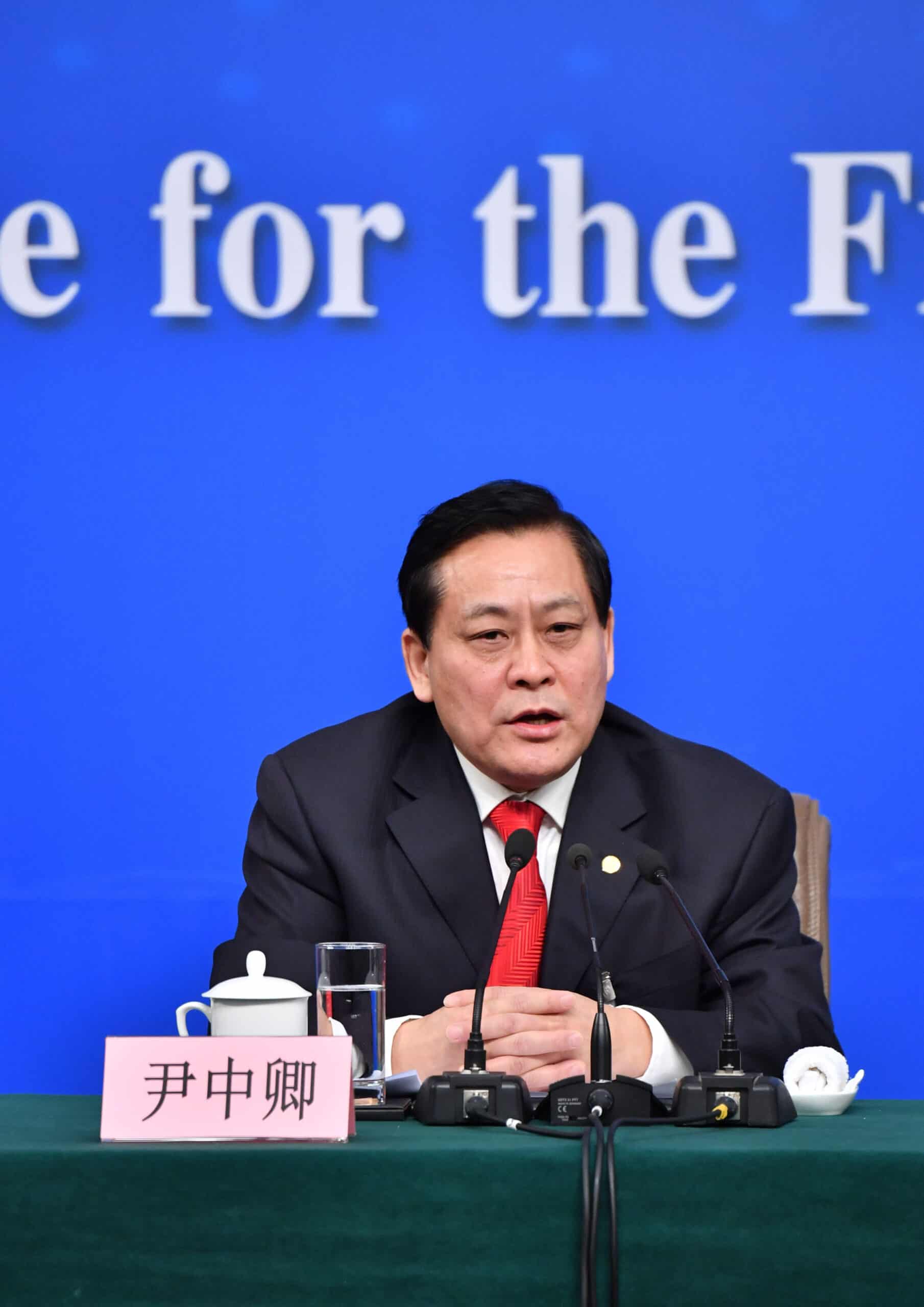
Chinese interest in the oceans is not all about rapacious exploitation. Scholars, policymakers, and the government’s public strategy documents recognize a long-term interest in responsibly stewarding the ocean. But they also see short-term imperatives to extract value from it. As Yin Zhongqing, vice chairman of the Financial and Economic Affairs Committee of the National People’s Congress, put it in a 2019 interview, the ocean is the “cradle of life” and the common heritage of mankind, worthy of protection. But taking advantage of ocean resources, he said, is “necessary for China to open up and develop new space, give birth to new economic industries, create new engines for growth, and build new shelters for sustainable development.”
China’s vision for the blue economy faces considerable headwinds — both from climate change itself and the U.S.–China rivalry.
The United States and its allies see China’s claim to fairness as outrageous, particularly because Chinese vessels often fish in places where they are not allowed. According to a U.S. government analysis, China is responsible for more than 95 percent of the illegal, unregulated, and unreported (IUU) fisheries in the Indo-Pacific region. Last year, the “Quad” countries — the United States, Japan, India, and Australia — launched an ambitious initiative to monitor China’s fleet with satellites.
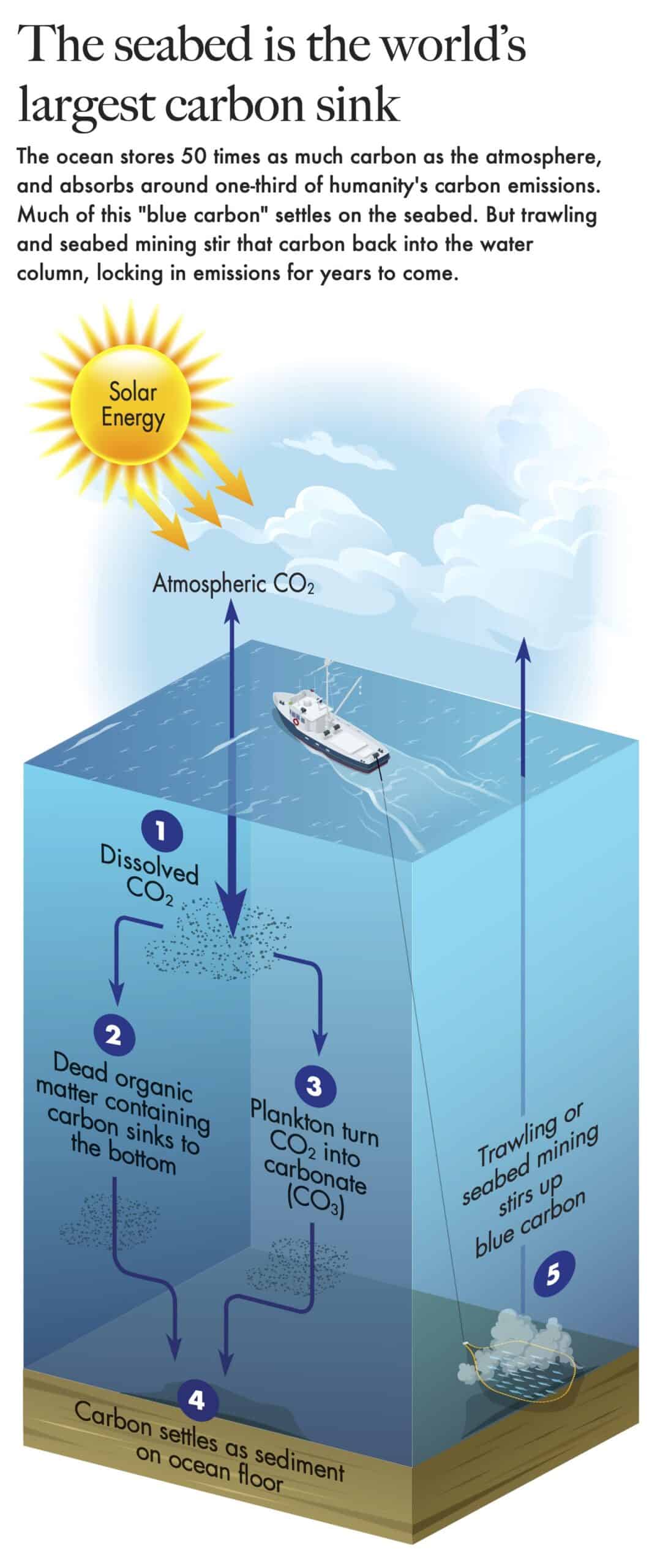
With seabed mining now compounding fears about blue carbon, some American scientists and naval strategists are also calling on the United Nations Intergovernmental Panel on Climate Change (IPCC) to set guidelines for monitoring and reporting blue carbon emissions. Because these emissions are not currently reported and are entirely unregulated in international law, they argue, China’s global trawling operations have enjoyed a free pass.
The long-term impact of trawling on the global climate is even worse than the 1.5 billion tons of carbon emissions per year that the Nature study estimated last year. Carbon stirred up from the seabed can circulate in the water for centuries, locking in future emissions.
“Somewhat like slash-and-burning a rainforest, ‘plowing’ the seabed ‘soil’ not only spikes emissions immediately, but also compromises seabed carbon capture and storage capability for many years to come,” says U.S. Naval War College professor Andrew Erickson.
The Chinese government is aware that climate change and geopolitics are the most important risks threatening its ocean interests. It also understands that the two themes are interconnected. As Foreign Minister Wang Yi put it last year, climate change and overfishing have led to an “increasingly severe” situation in “the marine ecological environment.” Meanwhile, “some countries” such as the United States are “flexing their muscles for maritime hegemony.”
In just the past year or two, Chinese strategists seem to have settled on a novel solution: outmaneuver the United States by using climate change as leverage to advance the “ocean community of common destiny.”
‘STRATEGIC STRONG POINTS’
Ever since World War II, the U.S. Navy has held a monopoly on the strategically vital islands extending north to south in the Western Pacific and known as the “second island chain.” These key basing locations have helped give the U.S. what analysts call “force projection.”
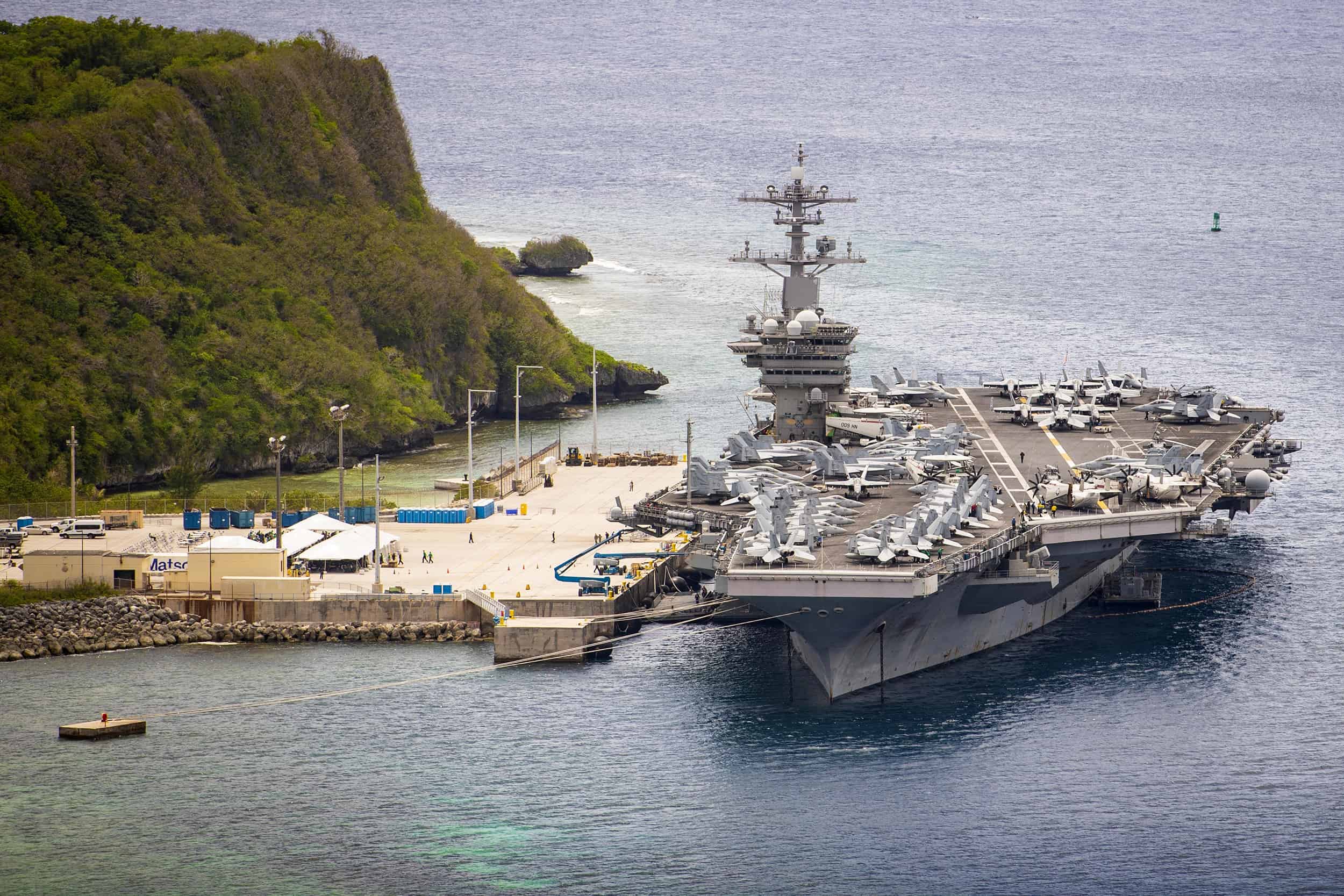
The strategy has been remarkably effective. For instance, as Liang Jiarui of East China Normal University argued in a 2018 essay, unless China’s navy can acquire some presence in the second island chain, it will “have to remain very passive” in the face of American sea power. U.S. Navy ships already stationed in the second island chain could offer decisive advantages in a potential war over Taiwan, for instance, or could blockade shipments of essential imports to China.
China insists it does not need a U.S.-style network of naval bases around the world to become a “strong ocean country,” but to execute Hu Bo’s strategy of overwhelming presence, it must persuade other countries around the globe to offer Chinese vessels access to friendly ports. Chinese strategists call these facilities “strategic strong points.”
Over the past decade, the need for more strategic strong points has become an obsession for China, shaping the country’s naval planning and even its economic diplomacy through the Belt and Road Initiative. In coastal states from Sri Lanka to Equatorial Guinea, the United States has quietly pushed back, using every diplomatic tool available to persuade local governments to pass on China’s offers.


Left: U.S. and Sri Lankan military leaders meeting aboard USS New Orleans, in Colombo, Sri Lanka, July 27, 2016. Right: U.S. and Equatoguinean Sailors and maritime security personnel meeting in Malabo, Equatorial Guinea, August 10, 2022. Credit: U.S. Indo-Pacific Command via Flickr, and the U.S. Navy.
Several years ago, several Chinese scholars speculated that China might be able to leverage the climate change issue to get access to more strategic strong points. In the Arctic, they predicted that melting ice would open up access to new resources and shipping routes, giving small polities like Greenland the leverage to play the United States and China against each other.
Even though this strategy hasn’t quite worked in the Arctic, Chinese scholars are now making the same argument in reverse about the Pacific. Beijing, they say, should approach island nations that are so vulnerable to climate change that they have no meaningful leverage at all — and offer them “blue economy” cooperation and climate adaptation assistance. In return, China can get strategic access to the Pacific’s vast resources of fisheries and seabed minerals.
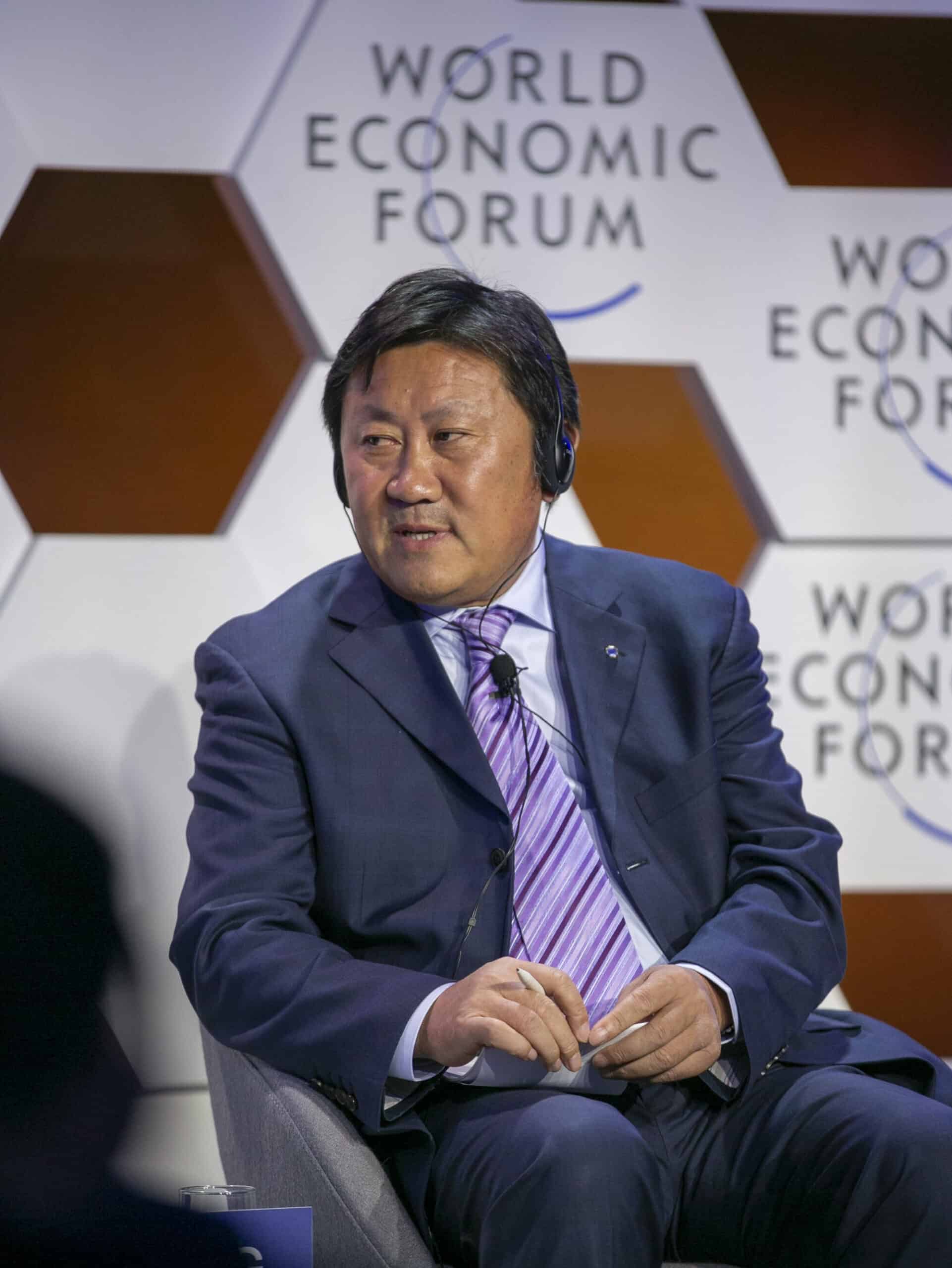
Kang Xiao of Beijing Foreign Studies University laid out the strategy very plainly in a 2017 essay. “Survival is the first dimension” of adaptation to climate change, he noted. Through the “construction of artificial islands and urban relocation,” China can directly help Pacific island countries “meet their survival needs.”
In other words, if China rebranded itself as a provider of climate adaptation assistance to the developing world, then it would be able to build infrastructure useful for its global maritime strategy and blue economy. Liang Jiarui of East China Normal University has called this a perfect example of “win-win” cooperation.
Li Yuanyuan, a researcher at China’s Ministry of Ecology and Environment, has written about other ways that China can endear itself to climate-vulnerable Pacific island countries. Beyond building infrastructure to adapt to sea level rise, China can offer scientific and technical support, such as help predicting natural disasters, plus “financial and technical support” when those disasters come.
In just the past two or three years, Chinese diplomats seem to have taken this strategy to heart. This past summer, Foreign Minister Wang Yi visited eight Pacific Island countries and met nearly all of the regions’ heads of state, lavishing each one with promises of “blue economy” cooperation — a euphemism for climate assistance — if it signed on to a Chinese-led regional security cooperation agreement.
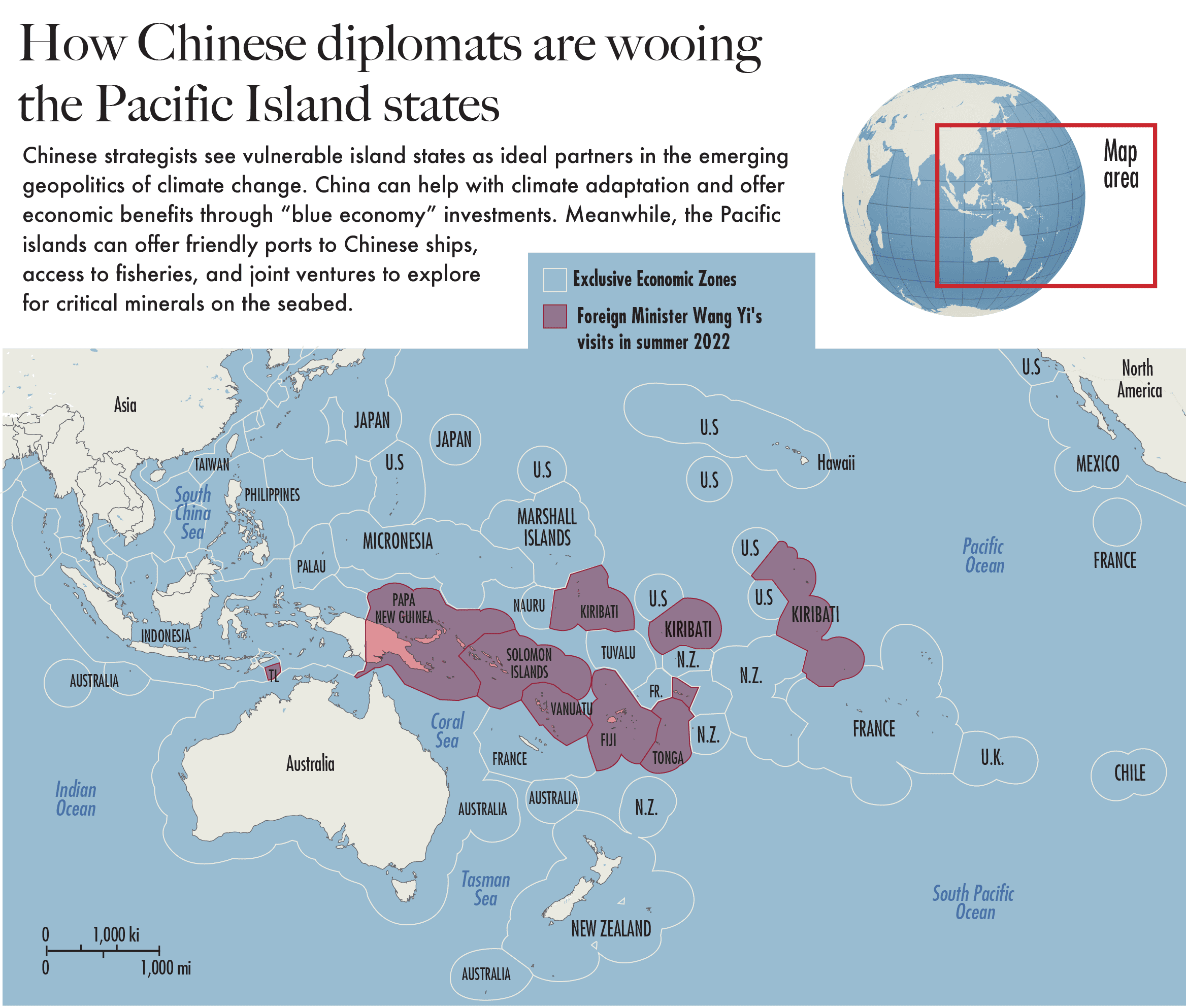
Some Pacific island countries are uncomfortable about China’s approach, but in a few important countries, China’s strategy seems to be paying off. In 2019, the Solomon Islands severed diplomatic ties with Taiwan and began to pursue a wide-ranging partnership with Beijing. The archipelago nation, located north of Australia, is one of the most vulnerable countries in the world to climate change — and is rich in seabed minerals.
Climate change was “a factor in the decision to switch,” Robson Tana Djokovic, chief of staff to Prime Minister Manasseh Sogavare, said at the time.
We need to learn from China — especially in strategic maritime regions like the Pacific. We need to stay more focused, act faster, and listen to what vulnerable countries need.
Nadia Schadlow, Deputy National Security Advisor during the Trump administration
Then, in March of this year, an Australian newspaper leaked a draft agreement describing how China would fund and build a dizzying number of ocean-related infrastructure projects in the country, including wharves, undersea cables, and offshore exploration projects for oil, gas and seabed resources.
The headline caught the U.S. government flat-footed. “Yikes! This is very troubling,” Ryan Washburn, the U.S. Agency for International Development’s mission director for the region, reportedly wrote in an email to colleagues. (USAID did not respond to a request for comment.)
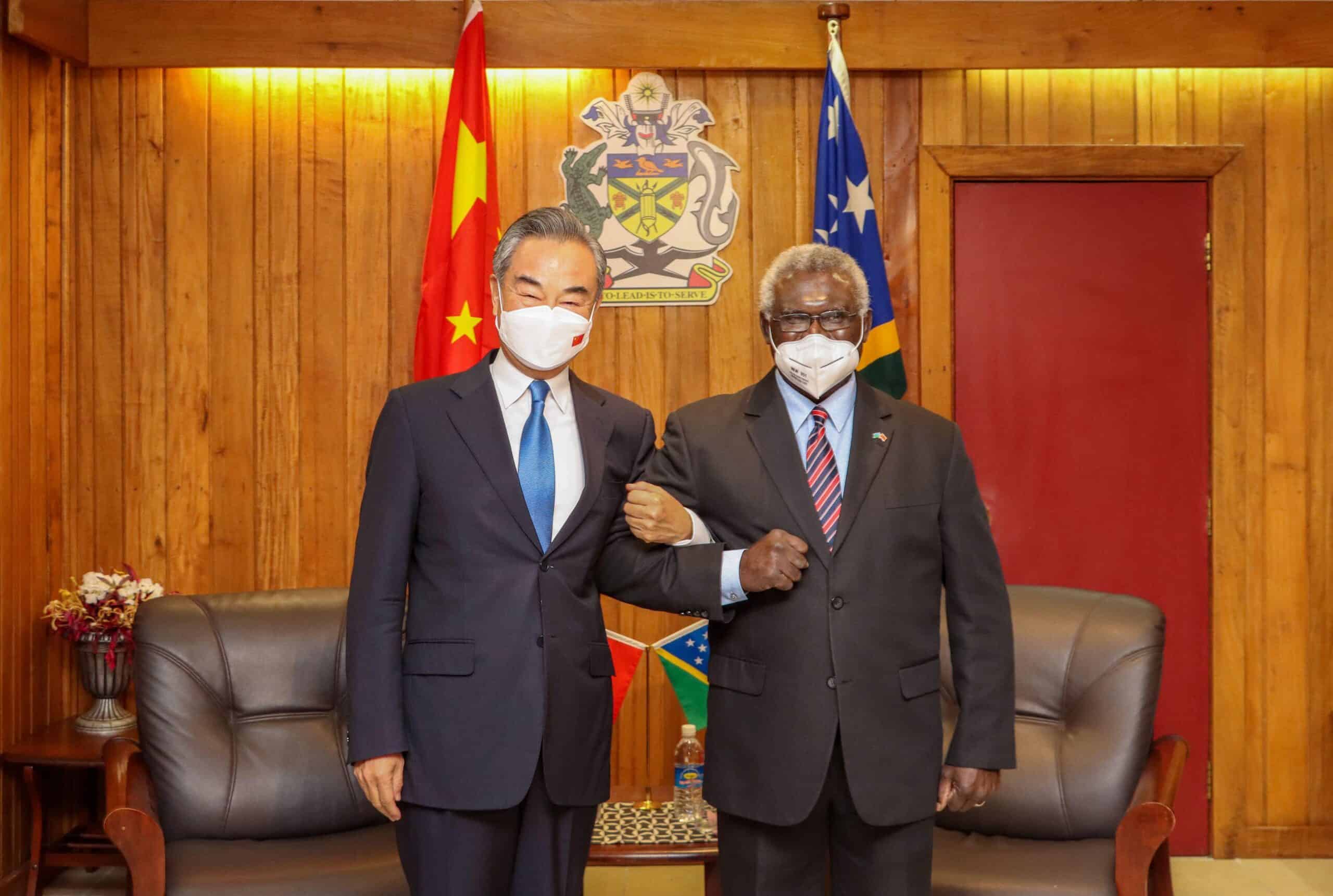
To persuade the Solomon Islands to back away from the deal, the United States and Australia offered financial support and piled on diplomatic pressure. They failed. In May, Foreign Minister Wang Yi traveled to the Solomon Islands to sign the agreement, which will allow China to deploy police forces in the Solomon Islands and use its ports for naval purposes. In the same meeting, Wang and Sogavare agreed to broaden cooperation on climate adaptation and the “blue economy.”
The United States government is aware of China’s strategy but fears it will not succeed in blocking China at every turn.
“If you ask me where are the places where we are most likely to see certain kinds of strategic surprise — basing or certain kinds of agreements or arrangements — it may well be in the Pacific,” White House Indo-Pacific coordinator Kurt Campbell said in a panel discussion this January.
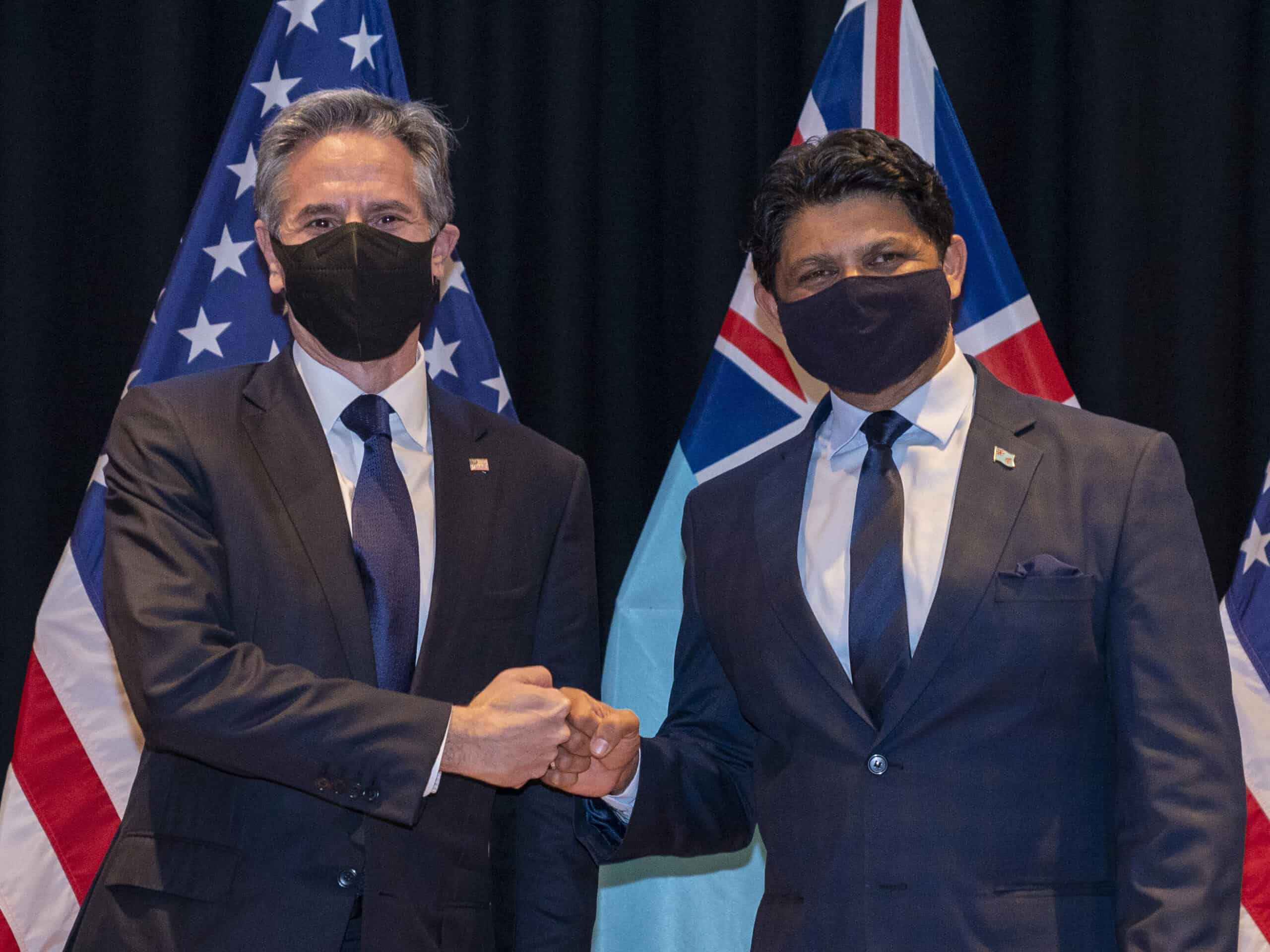
The Biden administration is trying to offer a clearer American alternative for climate-vulnerable nations. It has launched a new initiative for “Small and Less Populous Island Economies” (SALPIE), ostensibly to support climate adaptation in “vulnerable” countries but clearly motivated by a geopolitical agenda: to help with “countering predatory investment practices by malign actors” such as China. In February, Antony Blinken traveled to Fiji for the first visit by a U.S. Secretary of State in 36 years. Biden himself has pledged to open U.S. embassies in the Solomon Islands and Kiribati for the first time.2The initial announcement was made by Vice President Kamala Harris.
Former Trump administration officials are on board with this approach. “If these countries need money for climate adaptation, then fine. Let’s provide that, so long as it’s sensible and aligned with their near-term economic needs,” argues Nadia Schadlow, who served as deputy national security advisor in the Trump administration. Alex Gray, who served as Director for Oceania on the National Security Council, has even suggested offering Compacts of Free Association to small Pacific island states. This would provide cash transfers and give Pacific island residents many of the perks of U.S. citizenship in exchange for exclusive military access.
In short, there is surprisingly little daylight between Democrats and Republicans on how climate change is altering the geopolitics of the global oceans. From Washington’s perspective, competition with China for access and resources looks like a zero-sum game. And the better China’s strategy seems to be working, the more tempting it will be to copy it.
“We need to learn from China — especially in strategic maritime regions like the Pacific,” says Schadlow. “We need to stay more focused, act faster, and listen to what vulnerable countries are asking for. That’s how the United States will remain the more attractive partner.”

Eyck Freymann is a contributing writer and a columnist for The Wire. A joint postdoctoral research fellow at the Harvard Belfer Center Arctic Initiative and the Columbia–Harvard China & The World Program, he is the author of One Belt One Road: Chinese Power Meets the World (November 2020). @eyckfreymann

